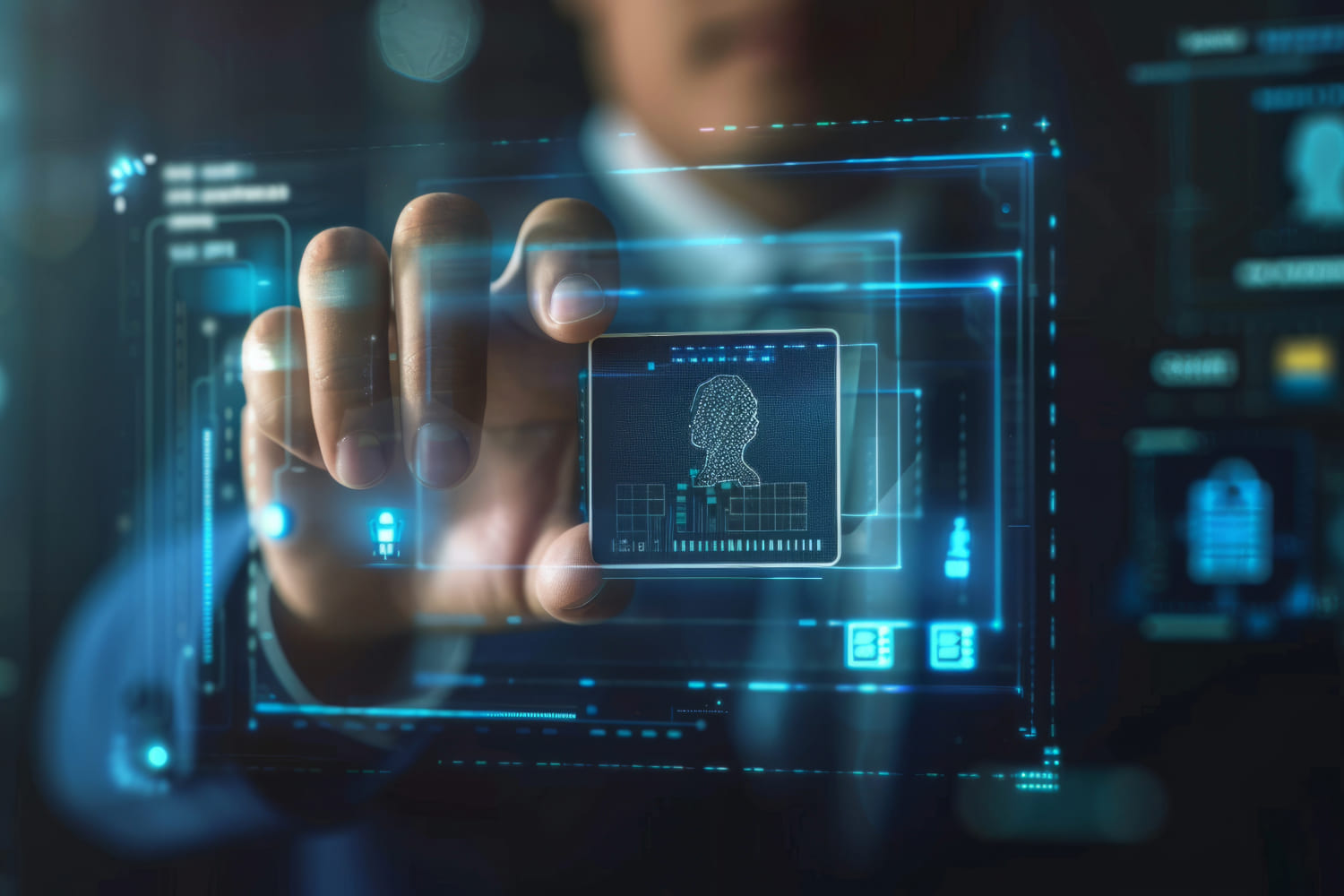The abandonment rate in the financial industry can be reduced — but only by addressing the underlying causes and redesigning digital experiences with real user needs in mind.
Back Office: the last line of defence in document verification

Document fraud remains a major concern for companies handling identity verification processes. Banks, insurers, and businesses involved in recruitment all face the threat of falsified or tampered documents attempting to bypass security systems.
Multiple security layers for robust document verification
T
he identity verification process in document verification solutions relies on combining several layers to achieve optimal accuracy in fraud detection. In fully digital processes with record-breaking speeds, results are confirmed with a back-office audit.
The first layer of the procedure involves checking the existence of a valid document, meaning it is verified whether the presented document is registered in an official database or meets the criteria for being recognised as authentic. This layer identifies documents that have been stolen, cloned, or are simply invalid because they are not part of any official record.
Next, the physical document’s control points are analysed, evaluating the security features integrated into its design. Some of the most common security features in official identity documents include:
- UV inks: Only visible under ultraviolet light, making counterfeiting more difficult.
- Holograms: Patterns that change colour depending on the viewing angle, difficult to replicate.
- Watermarks: Images or patterns embedded in the paper, visible when held up to the light.
- Microprinting: Tiny text that is readable only with magnification, serving as additional security barriers.
- Tactile reliefs: Textures that can be felt when touching the document.
These components are difficult to replicate and help detect more sophisticated forgeries. This analysis ensures that the document not only exists but also contains the necessary security features to be considered authentic.
The next step is biometric verification. The first biometric layer is liveness detection, a process that ensures the person presenting the document is physically present and not a pre-recorded image or video. Technologies are used to detect movements such as blinking or slight head movements, ensuring that the person is real and not a digital simulation or deepfake.
The second biometric layer is similarity verification, where the individual’s face is compared with the image on the presented document. This is crucial to prevent someone from using a legitimate document belonging to someone else. Advanced facial recognition algorithms analyse the match between the two images, confirming whether the individual is indeed the document owner.
False positives: A challenge in document verification
A false positive occurs when a digital verification system incorrectly marks a document as valid when, in fact, it has been falsified or tampered with. In other words, the initial verification system may accept a document as authentic, but it is actually fake or altered in some way.
This is where the back office and its forensic analysis come into play. After the initial verification, documents approved by the automated system can be reviewed by a specialised team that conducts a more detailed assessment. In this process, document experts and AI algorithms apply advanced techniques, similar to those used by law enforcement, to detect sophisticated manipulations that the automatic verification layers may have missed.
For instance, a document altered with advanced software might pass initial security checks (such as UV inks or watermarks), but irregularities in its structure or invisible alterations would be uncovered during deeper back-office analysis.
In summary, the back office not only ensures that authentic documents are approved, but also meticulously reviews documents previously marked as valid to identify potential manipulations, providing robust protection against fraud.
Coverage and accuracy in fraud detection
The combination of these multiple layers—documentary, biometric, and back-office verification—provides comprehensive coverage in document fraud detection. Through this thorough process, organisations can:
- Increase accuracy in detecting fraudulent documents.
- Minimise false positives, correctly validating documents that might otherwise have been rejected.
- Offer a more reliable and seamless customer experience, with fewer verification process frictions.
This not only improves operational efficiency but also strengthens customer trust in company processes, particularly in sensitive sectors such as finance and insurance, where fraud has a significant impact.
Conclusion: the importance of implementing a back office in document verification
Implementing a back office in document verification solutions is key to mitigating the risk of fraud and ensuring the authenticity of presented documents. By combining automatic verification with forensic and biometric analysis, companies can be confident they are protecting their operations efficiently and accurately. Moreover, by reducing false positives, the customer experience is improved, and legitimate documents are not wrongly rejected.
In a world where document fraud is becoming increasingly sophisticated, having a comprehensive solution that covers all verification layers will enhance the value of banks and organisations.
Get to know our solutions for the most complete document verification
























